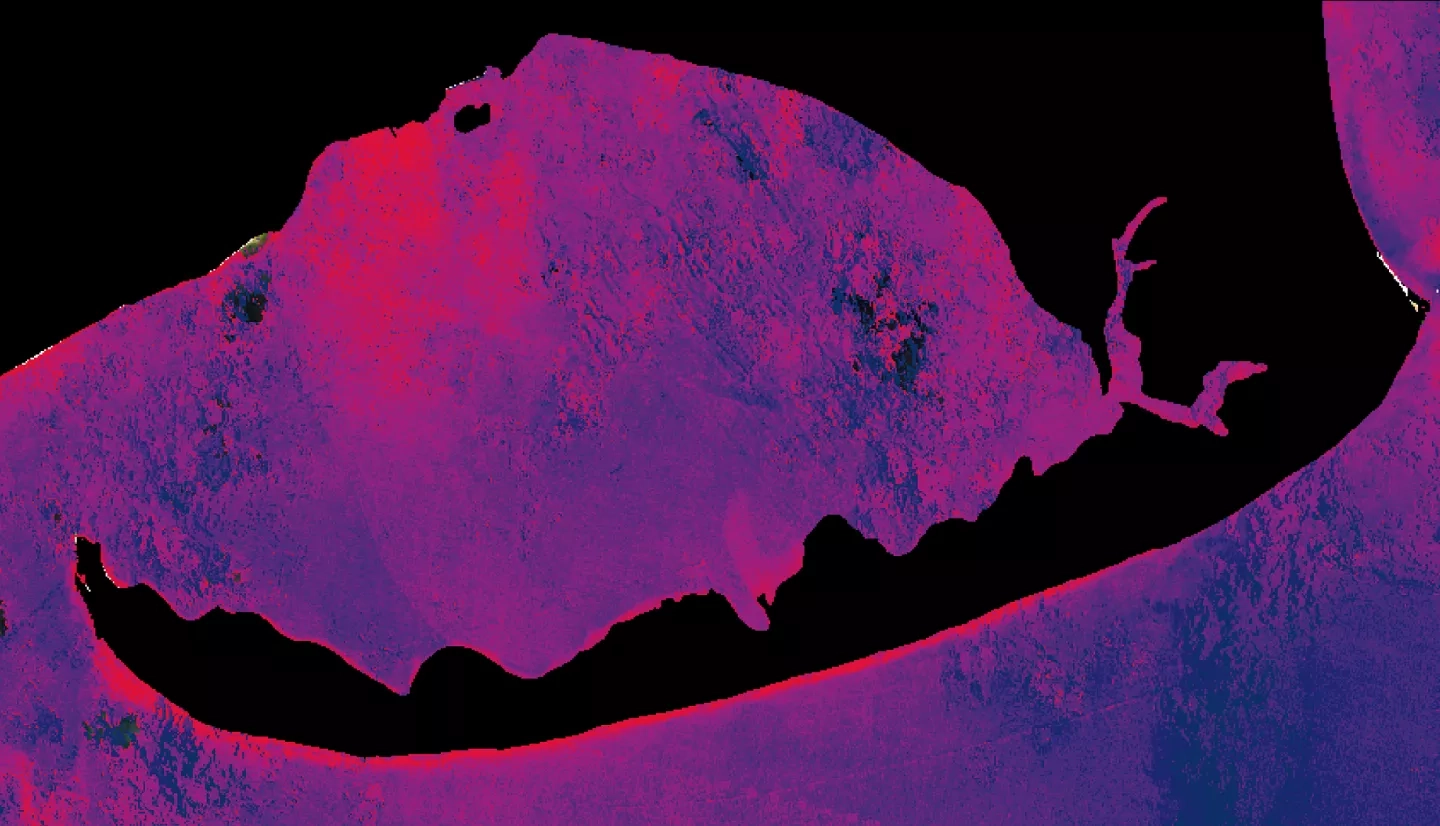Building knowledgeable and skilled communities
DEVELOP partners with a wide variety of organizations and communities each year. From project idea development to execution and deliverable hand-off, DEVELOP works closely with partners at every step.
DEVELOP projects are tailored to partner organizations’ decision-making needs. While the project takes place over 10 weeks, stakeholder engagement, project design, and post-project handoffs and assessments expand the engagement to longer than a year.
Benefits of WORKING with develop
DEVELOP offers partners an opportunity to explore new ideas and innovations with NASA’s Applied Sciences’ experience and support. This can help partners decrease costs, streamline decision making and fill in data gaps. Some of the other important benefits include:
- Increased understanding of how to use NASA Earth science data
- Enhanced decision support tools
- New methods to augment current practices
- Time- and money-saving methodologies
- Access to free data sources
- Access to a pipeline of skilled early career candidates
WHO DO WE PARTNER WITH?
DEVELOP engages with organizations across many sectors. This includes state and local governments, other federal agencies, nonprofits, private sector, academia, international organizations and more. DEVELOP classifies partners into two types:
- End User: an organization that can use the project’s products or methodologies to make a decision or policy. All DEVELOP projects must have at least one end user.
- Collaborator: an organization that works with the DEVELOP team to contribute resources (advising, data, models, software, etc.). These partners are not making decisions or policies.
DEVELOP works both domestically and internationally. About 25% of its projects address environmental issues outside the United States.
partner engagement process
The DEVELOP model is a user-centric approach that incorporates design thinking concepts.
Step 1. Early Engagement: Early interactions with DEVELOP take the form of conversations. First, we explore the environmental issues the partner faces. We gain an understanding of how they make decisions, their priorities and values and their organizational structure. Then, we determine their interest in, and familiarity with, Earth science information. These conversations include what satellite assets can and cannot do as well as examples of similar past projects.
Step 2. Project Idea Development: DEVELOP works with the partner to iterate on viable project ideas based on our conversations. We write a proposal including details on study area, timing, potential Earth observations and end products. DEVELOP leadership and NASA Headquarters review the proposals, and those selected move on to execution.
Step 3. Project Execution: Using the proposal as a guide, DEVELOP teams conduct 10-week feasibility projects. During this time, they test methodologies, analyze preliminary results, and create deliverables and visualizations. Throughout the process, partners meet with the team on a weekly or bi-weekly basis.
Step 4. Deliverables & End-Product Handoff: At the end of the project, DEVELOP teams present their findings to partners and transition deliverables. Partners can then further explore the use of Earth observation data and the methods DEVELOP identified.
Step 5. Assessment & Feedback: The program is constantly learning from each project and partnership. We collect inputs from partners to understand the utility of project deliverables and methodologies. This feedback informs future DEVELOP projects and programmatic priorities.
Project Ideas?
